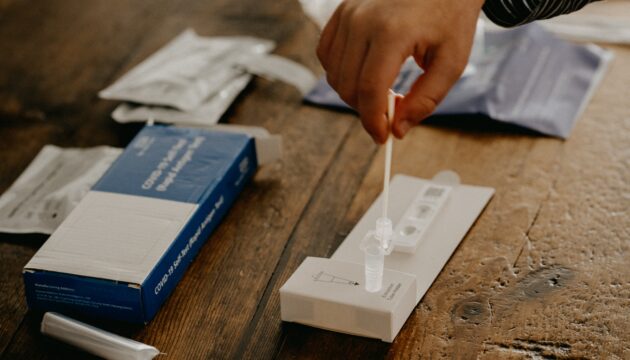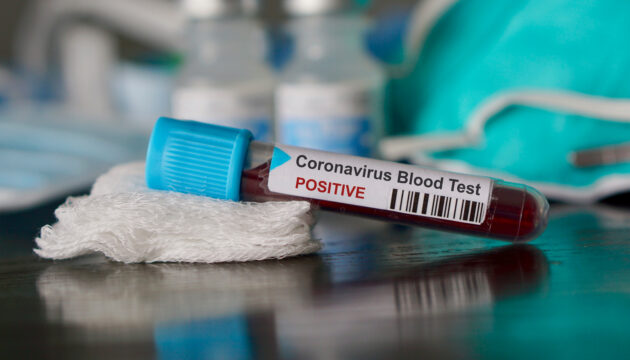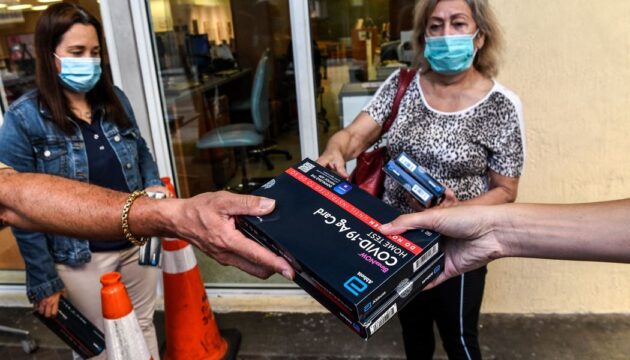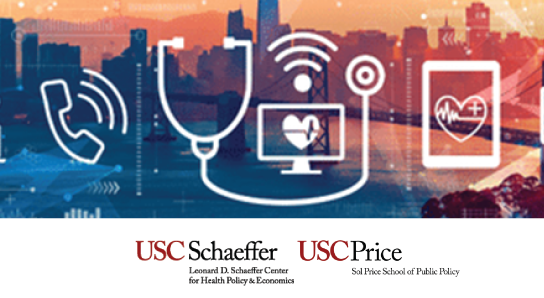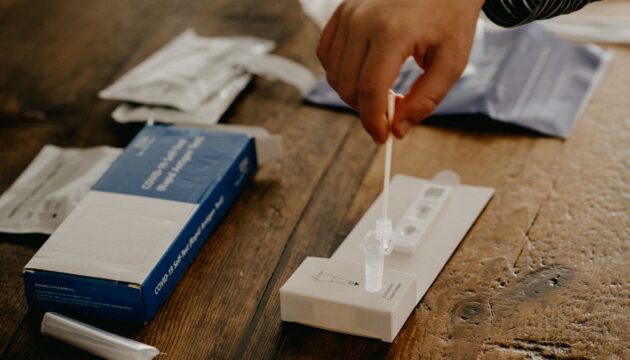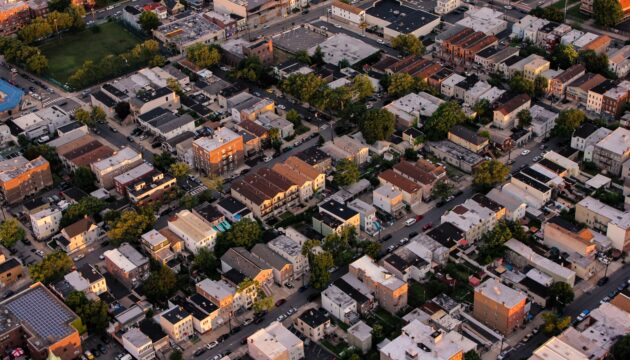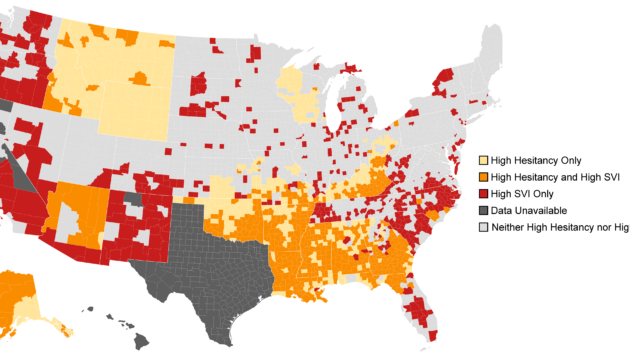Coronavirus (COVID-19)
Our work in Coronavirus (COVID-19)
-
More than 7 in 10 L.A. County Adults Were Vaccinated or Had COVID Antibodies Before Delta and Omicron Surges
A new USC study shows herd immunity is unlikely to happen.
Categorized in -
Seroprevalence of Antibodies Specific to Receptor Binding Domain of SARS-CoV-2 and Vaccination Coverage Among Adults in Los Angeles County, April 2021: The LA Pandemic Surveillance Cohort Study
In April 2021 approximately 72% of LAC adults had potential protective immunity against SARS-CoV-2.
Categorized in -
We Should Double Down on Treatments for Those at High Risk Instead of Pushing Boosters and Tests for Everyone
Billions of dollars now committed to home-testing masses of people could be saved if we tested only the symptomatic. Those funds would be better spent supporting access to affordable COVID treatment for people with a high risk of hospitalization.
Categorized in -
Healthcare Delivery in California: Where Do We Go From Here?
On February 3, join Dana Goldman and Mark Ghaly, Secretary of the California Health and Human Services Agency, for a conversation on how California can deliver health care to everyone.
-
The Impact of the COVID-19 Pandemic and Policy Response on Health Care Utilization: Evidence From County-Level Medical Claims and Cellphone Data
The COVID-19 pandemic has forced federal, state, and local policymakers to respond by legislating, enacting, and enforcing social distancing policies.
Categorized in -
COVID-19 Testing in Schools: Perspectives of School Administrators, Teachers, Parents, and Students in Southern California
School-based COVID-19 testing is a potential strategy to facilitate the safe reopening of schools that have been closed due to the pandemic. This qualitative study assessed attitudes toward this strategy among four groups of stakeholders: school administrators, teachers, parents, and high school students.
Categorized in -
The Impact of the COVID-19 Vaccine Distribution on Mental Health Outcomes
USC researchers use We use data from U.S. Census Bureau’s Household Pulse Survey merged to state-level COVID-19 vaccination eligibility data to estimate the secondary benefits of COVID-19 vaccination on mental health outcomes
Categorized in -
Disparities In County COVID-19 Vaccination Rates Linked To Disadvantage And Hesitancy
Despite widespread access, there are still wide discrepancies in COVID-19 vaccine coverage in communities across the U.S. Researchers with the USC Schaeffer Center for Health Policy & Economics and Johns Hopkins University assessed the relationship between county COVID-19 vaccination rates and both social vulnerability and vaccine hesitancy.
Categorized in -
Hesitancy Plays Increasing Role in Vaccine Coverage Disparities Despite Wide Availability
Social vulnerability was also independently associated with widening disparities in county-level coverage, signaling the need for unique, targeted interventions.
Categorized in -
Financial Incentives and Other Nudges Do Not Increase COVID-19 Vaccinations among the Vaccine Hesitant
Can financial incentives, public health messages and other behavioral nudges –approaches deployed by state and local governments, employers, and health systems – increase SARS-CoV-2 vaccination rates among the vaccine hesitant in the US?
Categorized in
